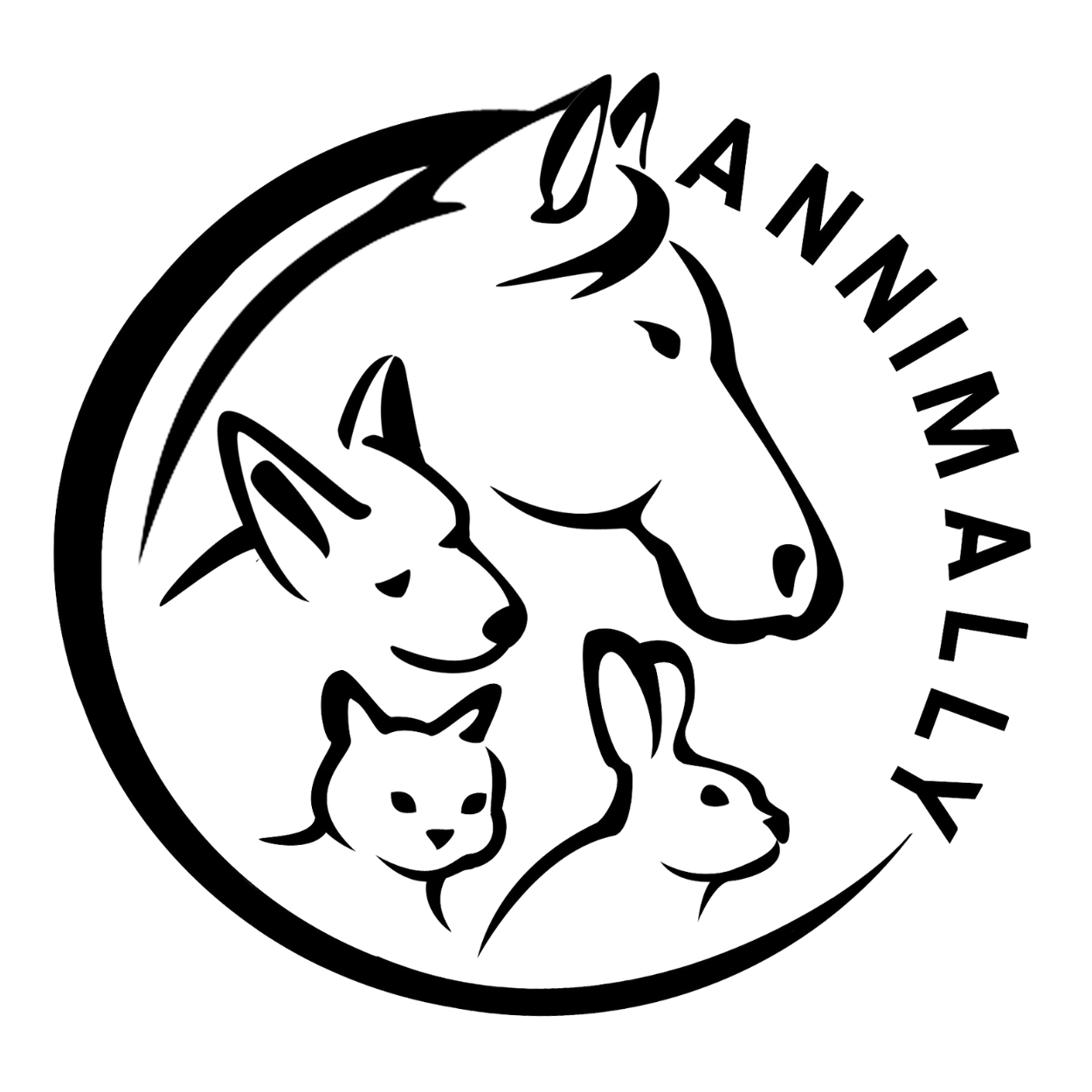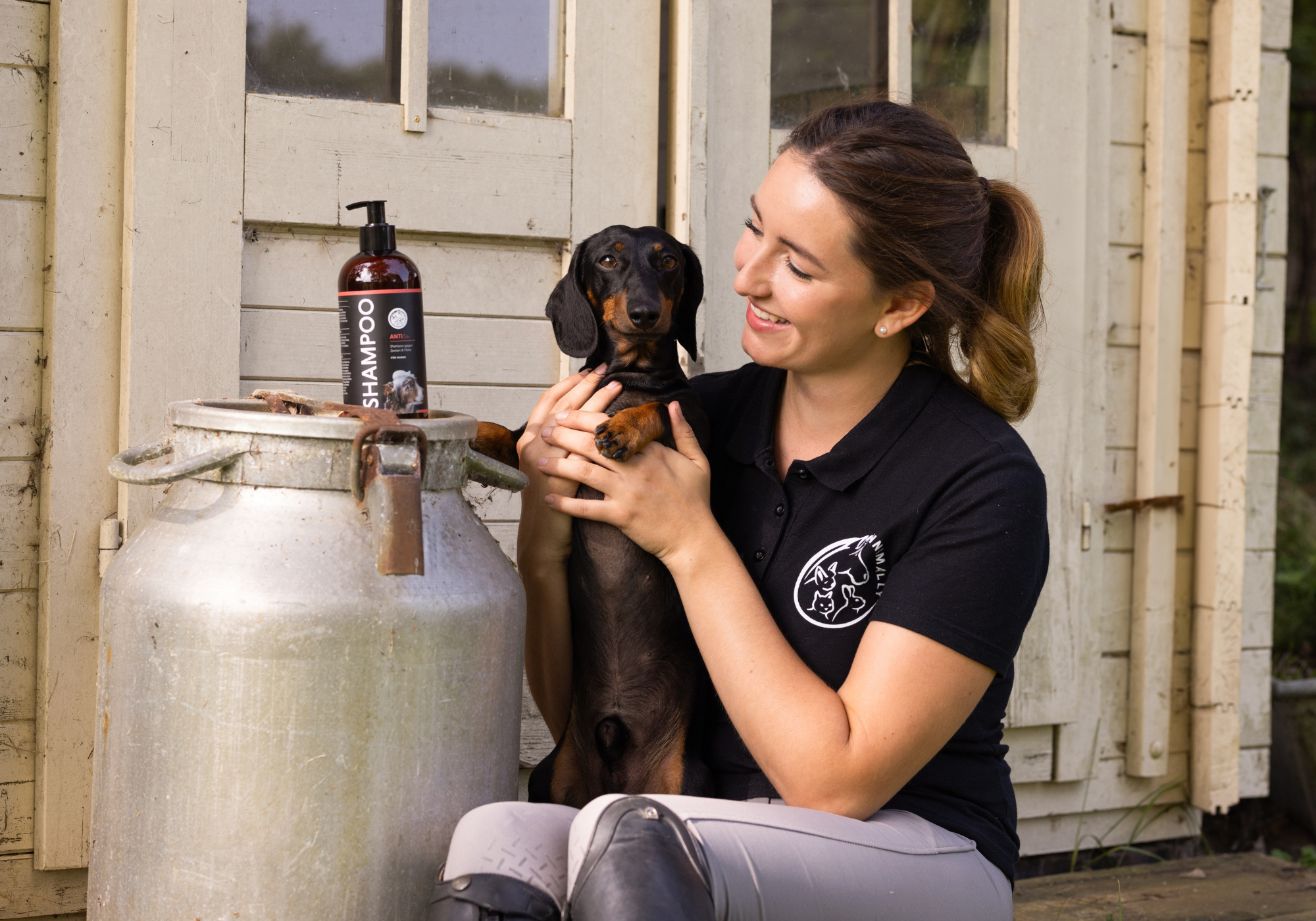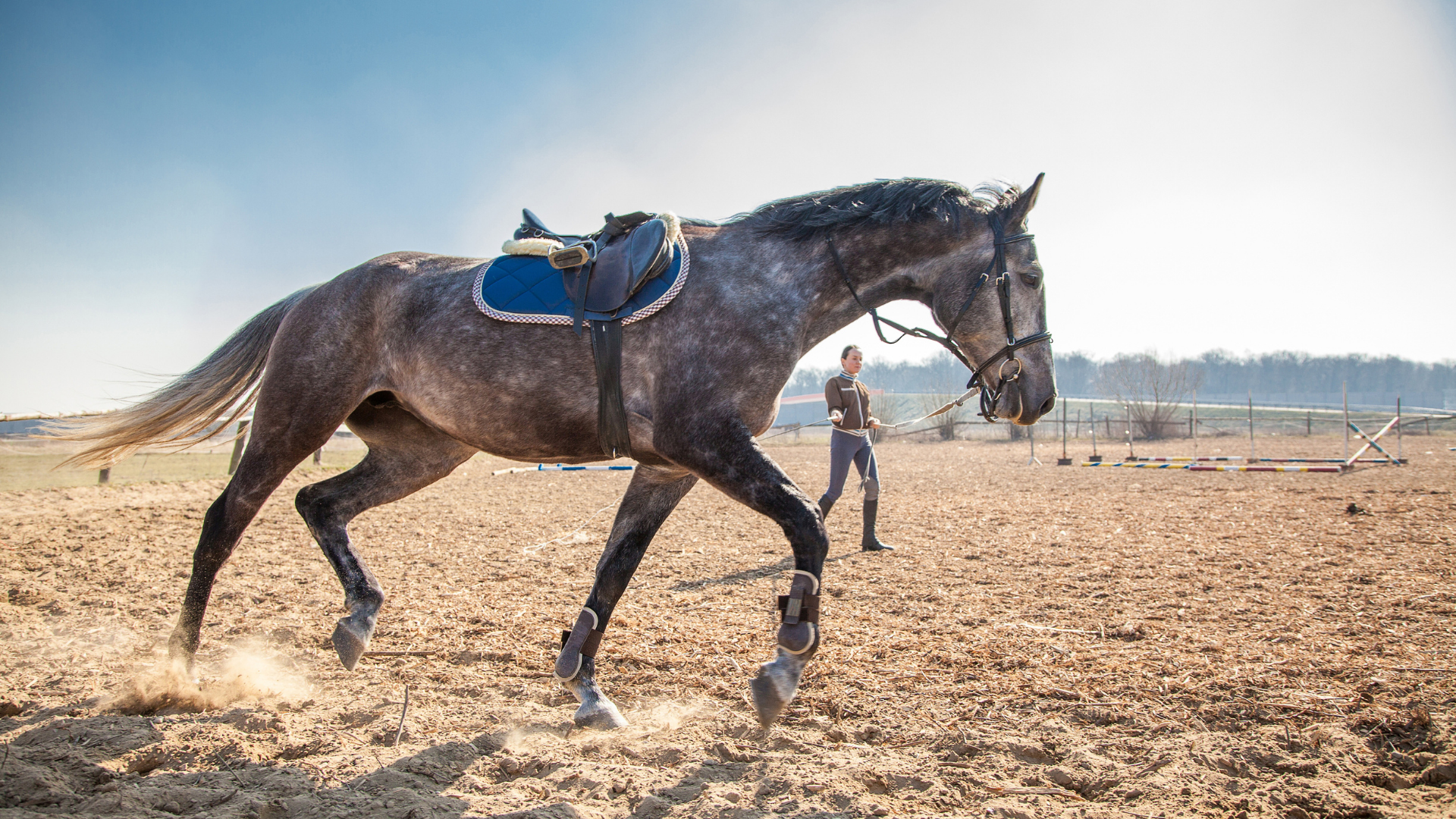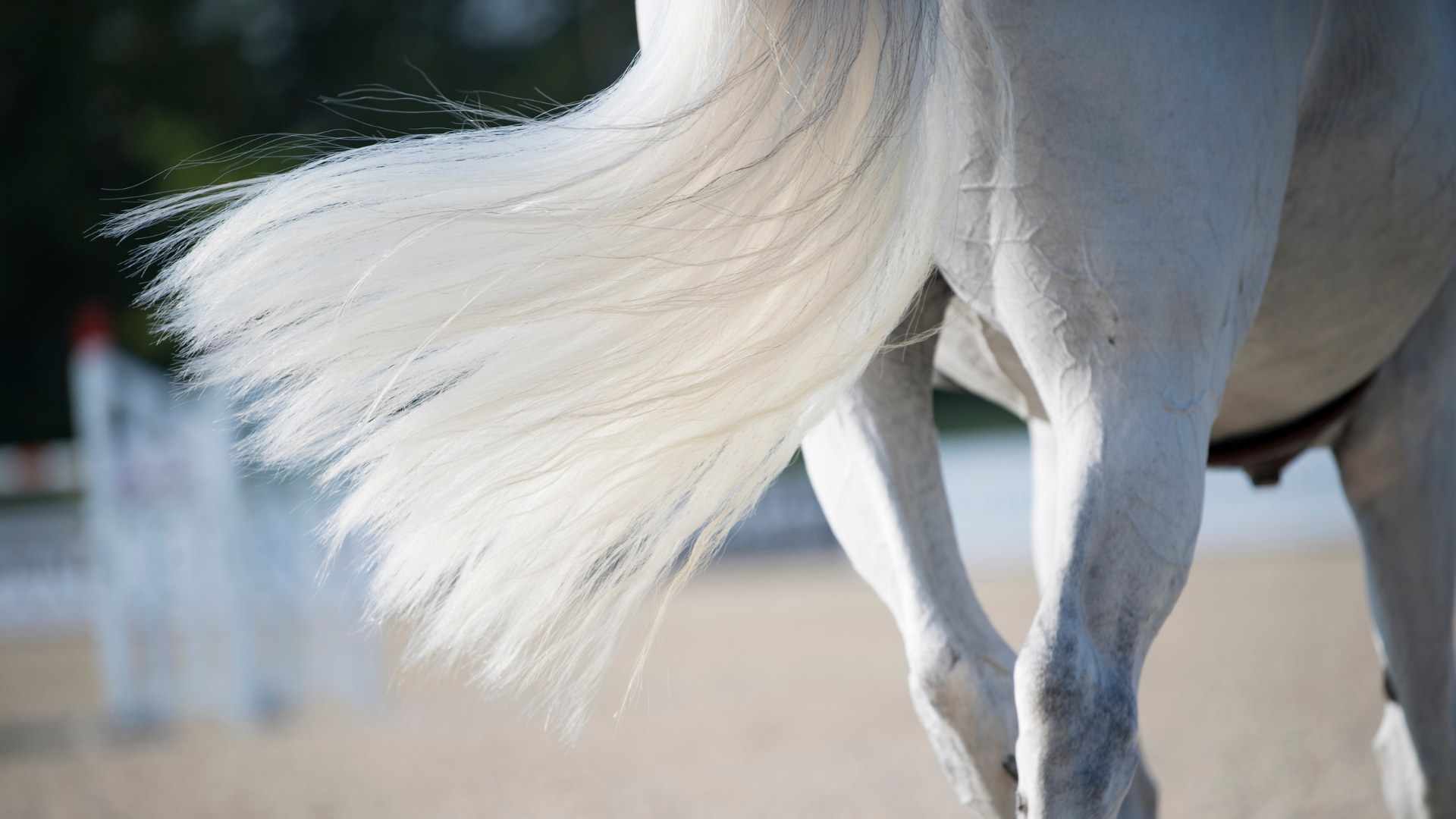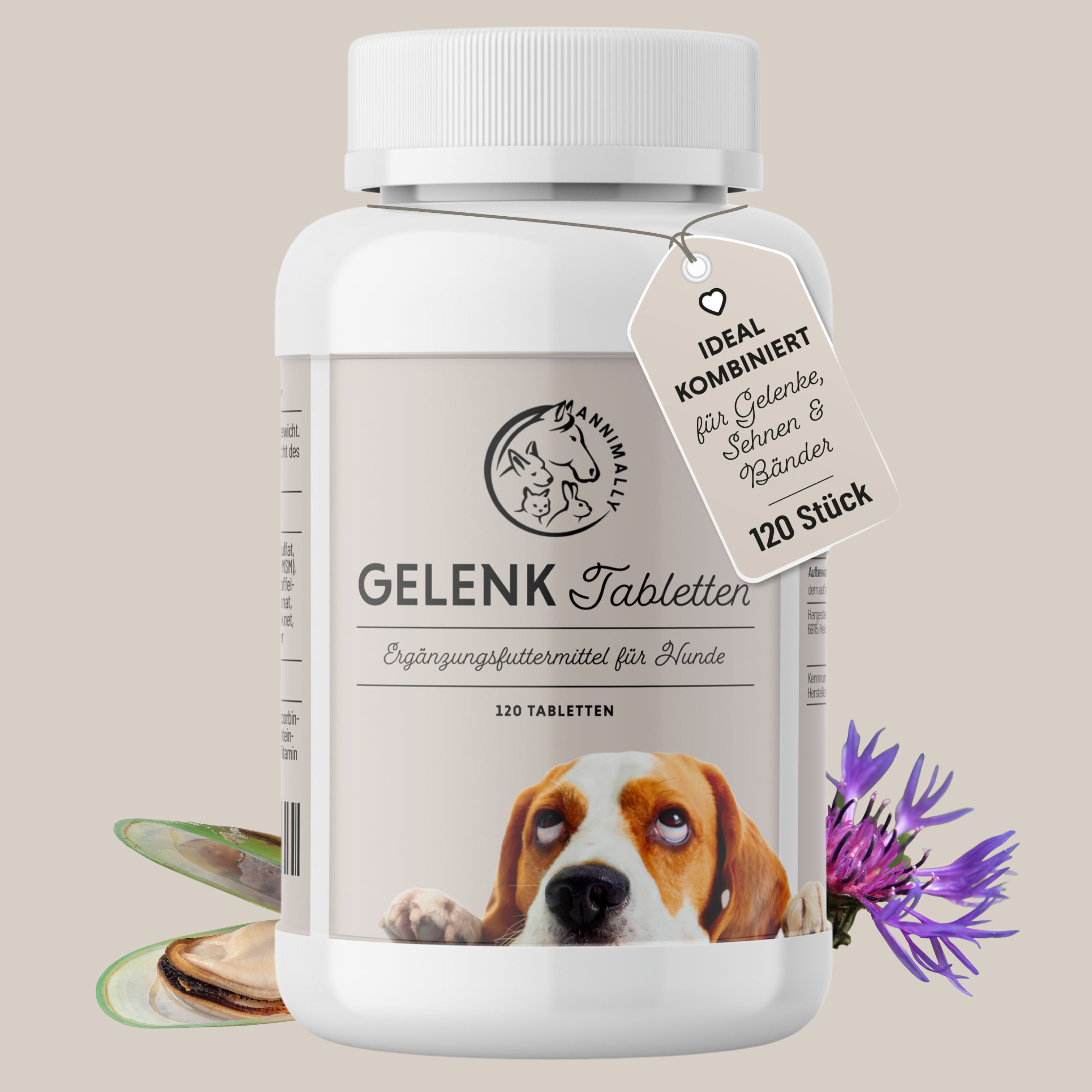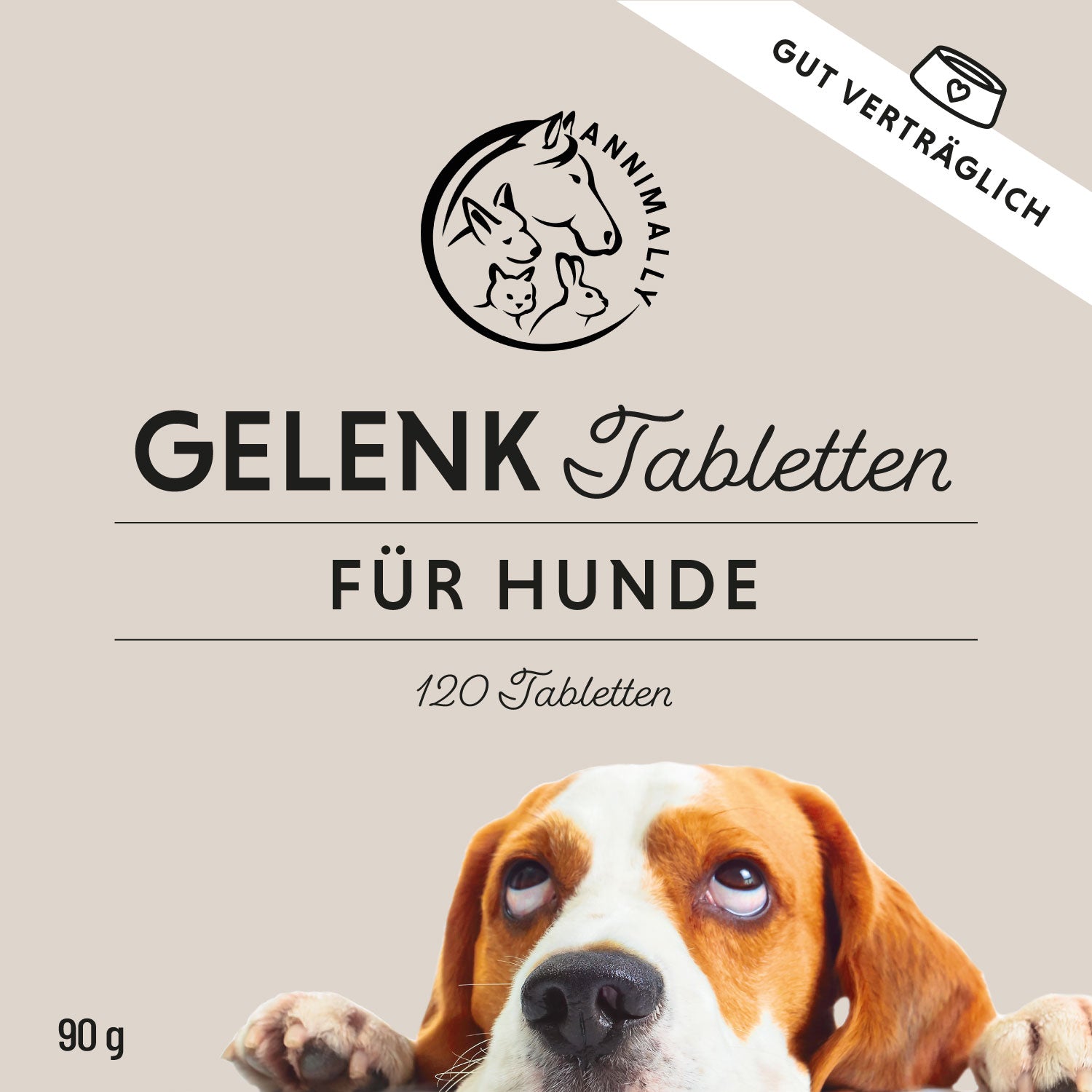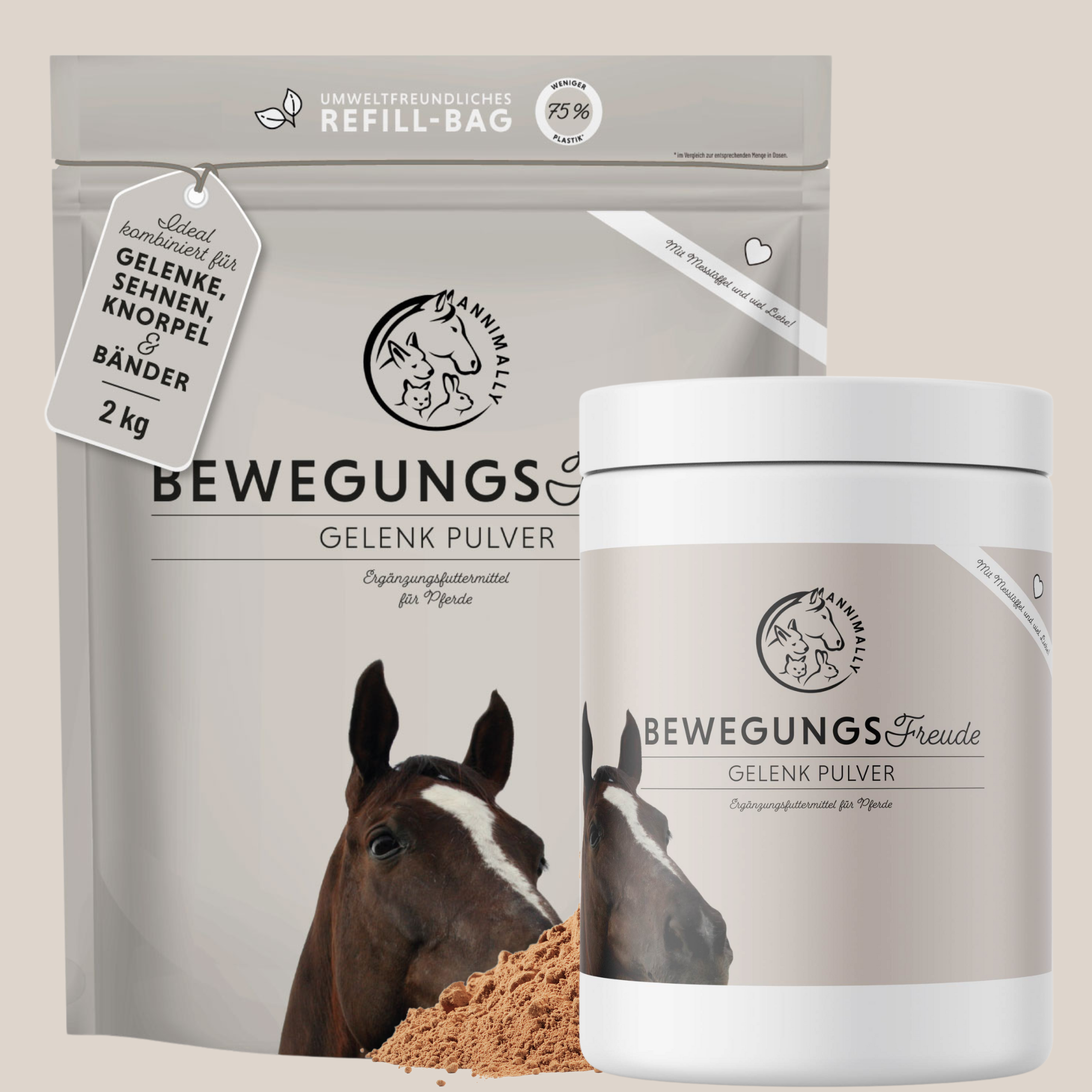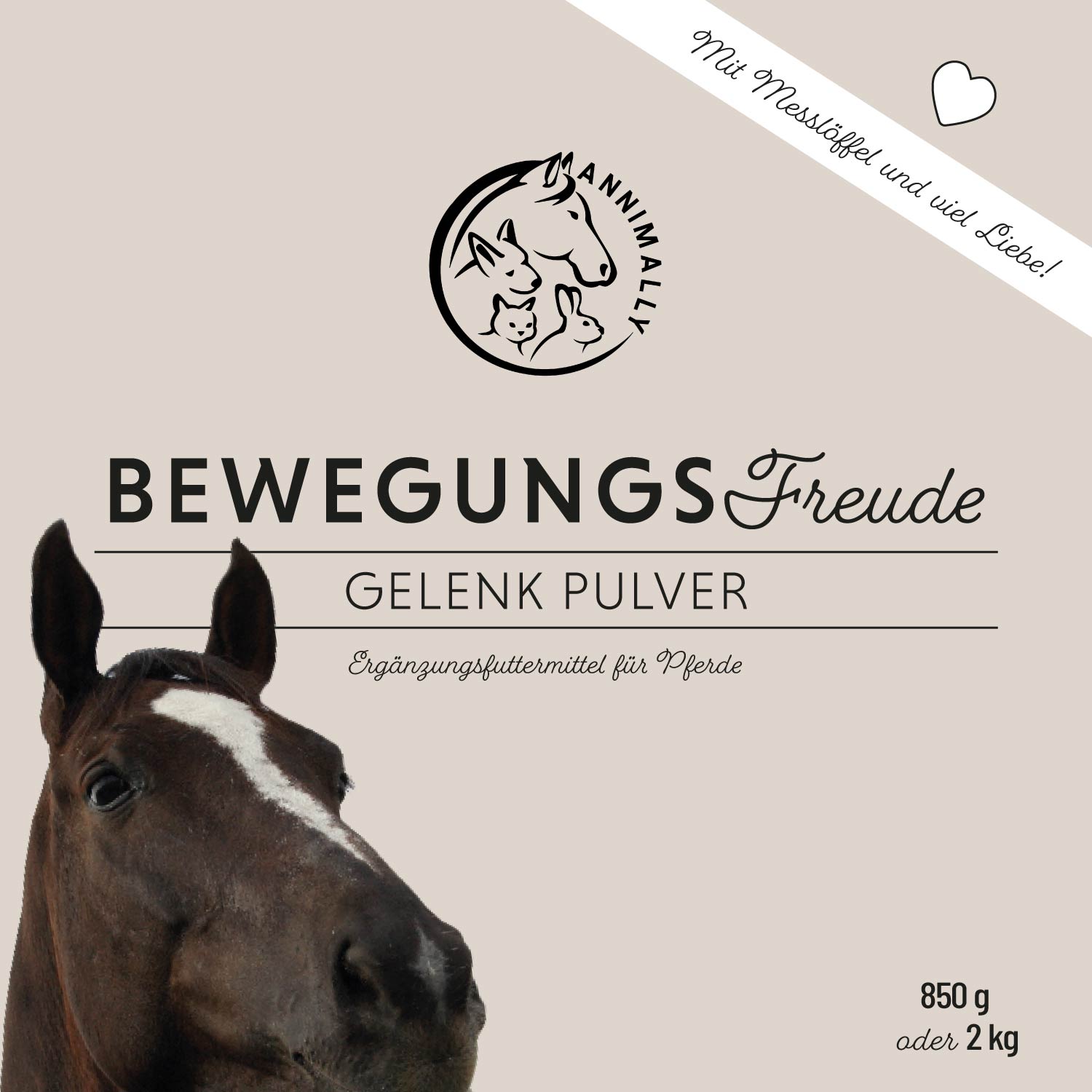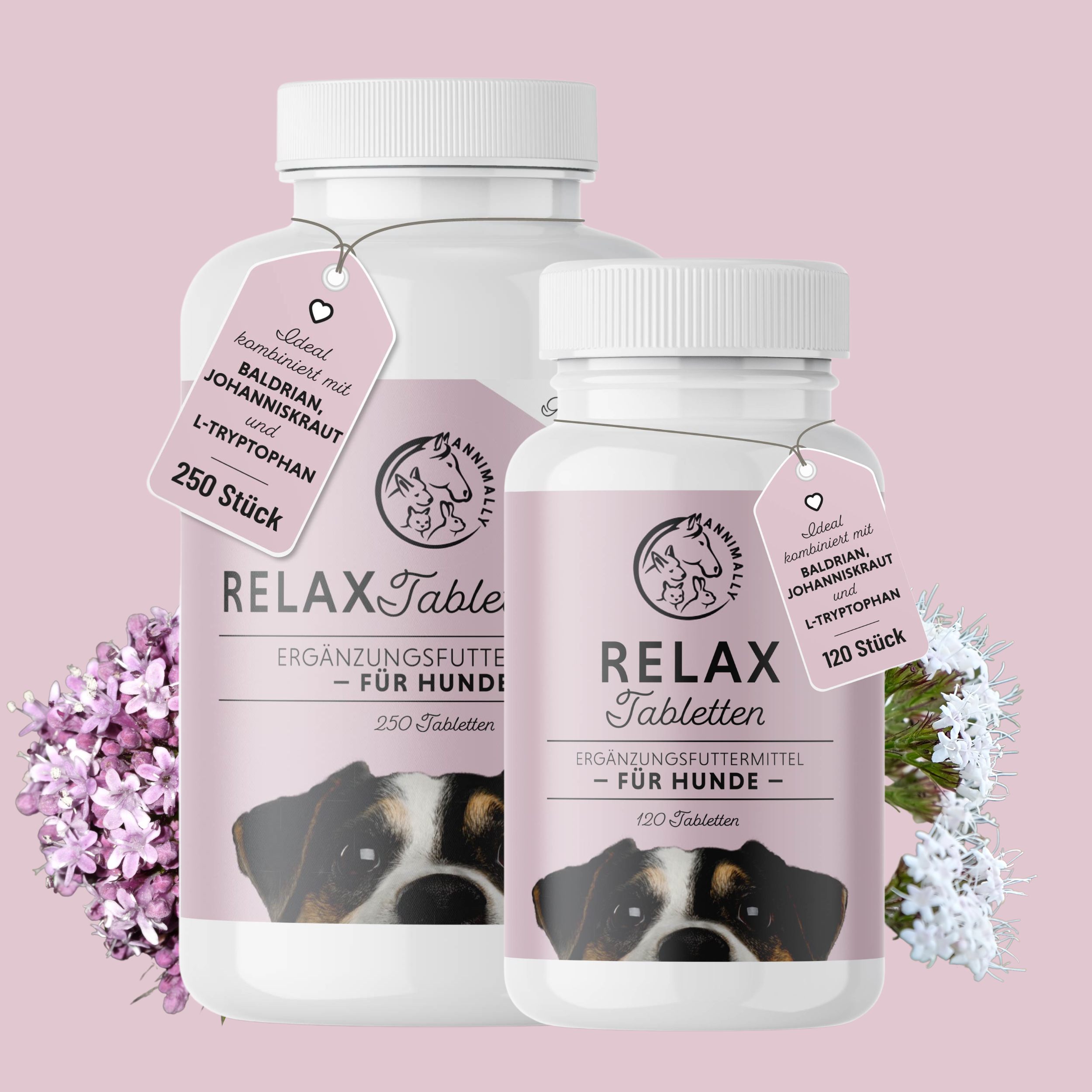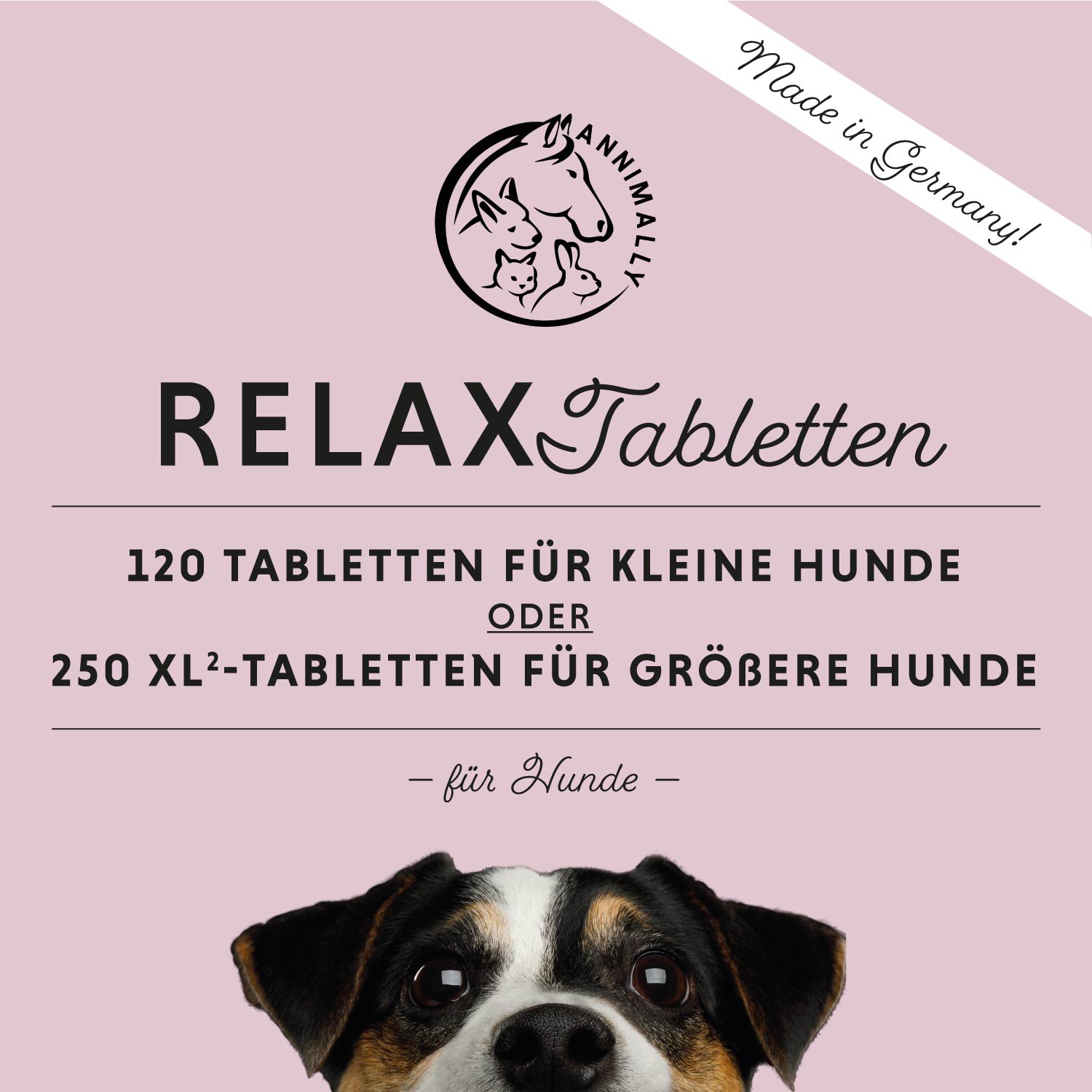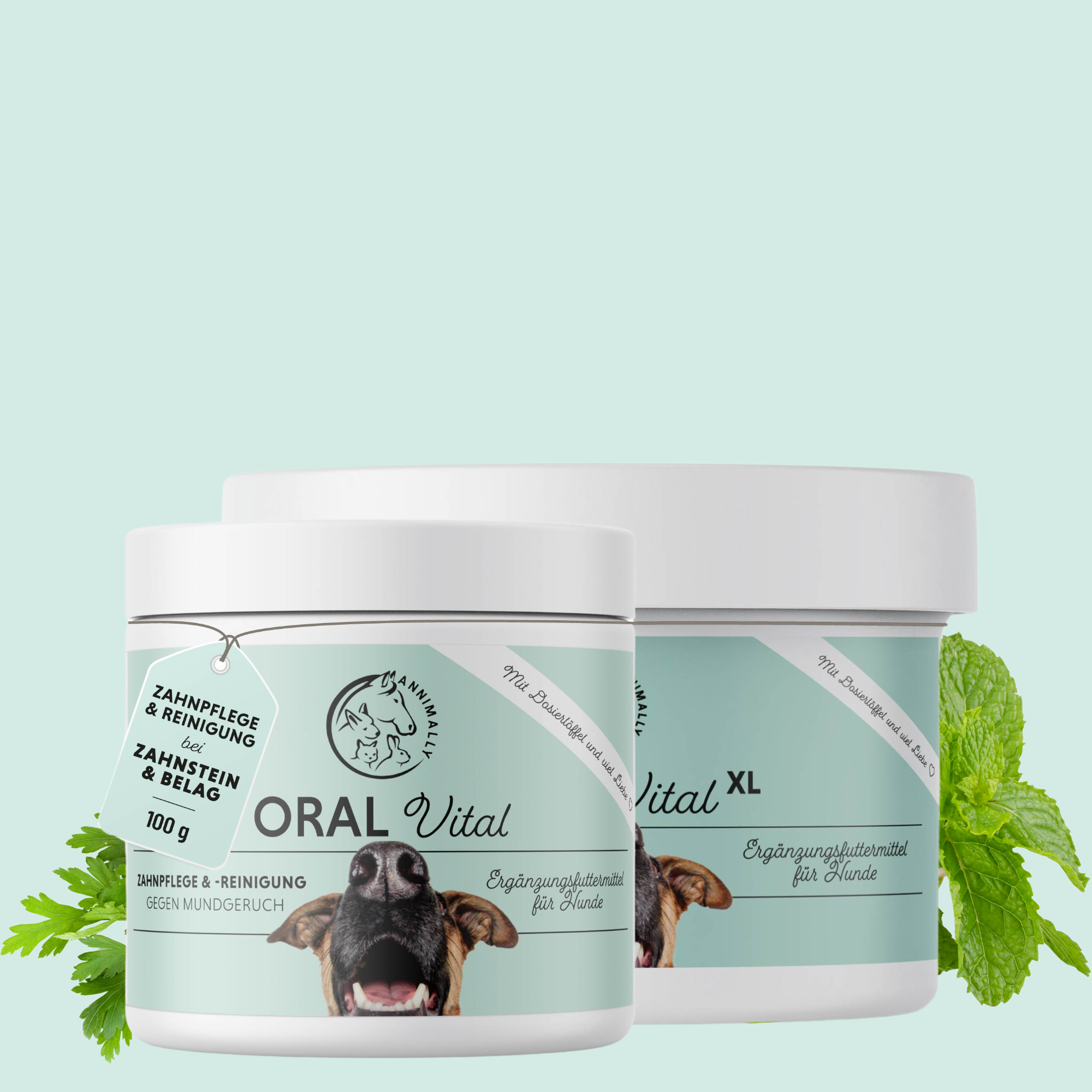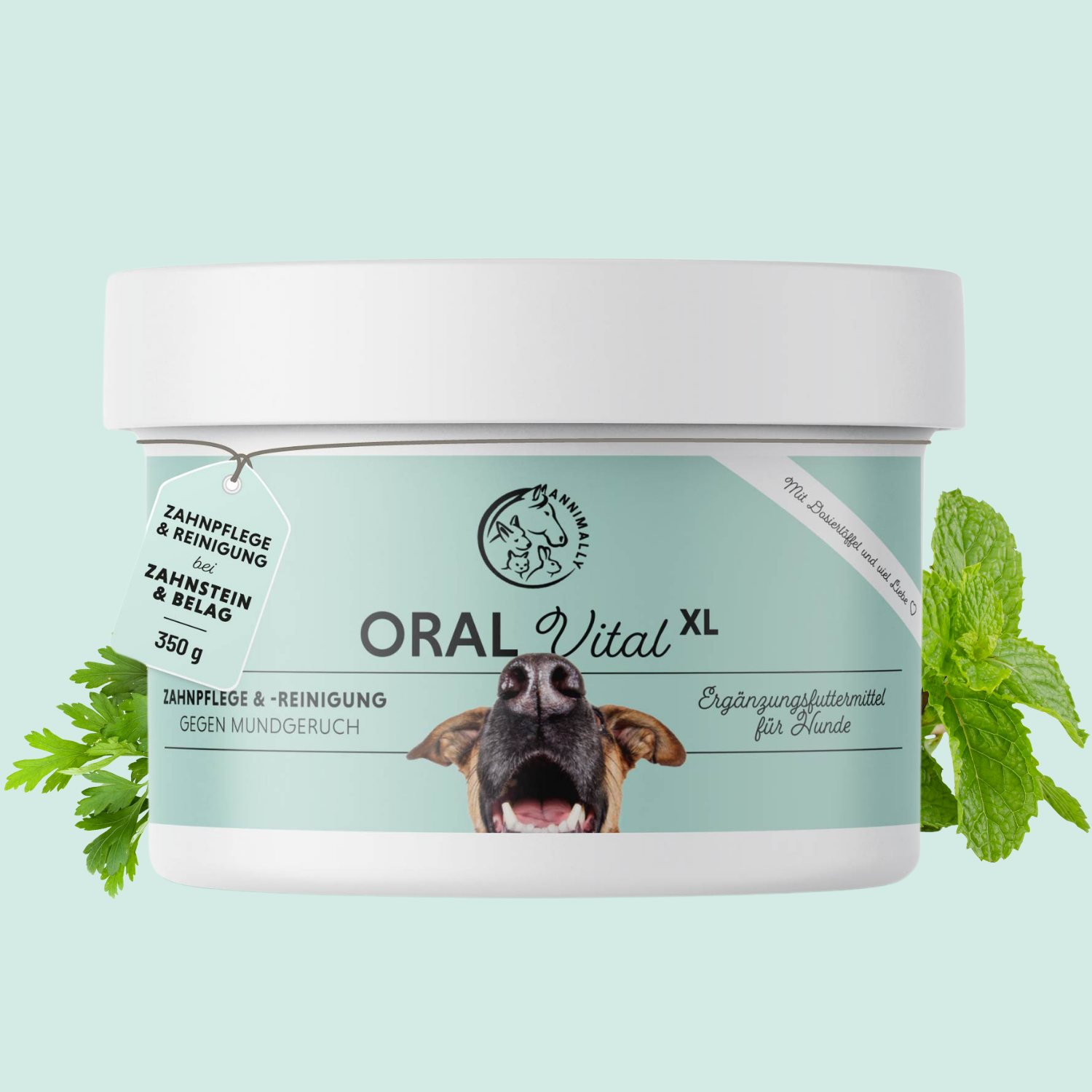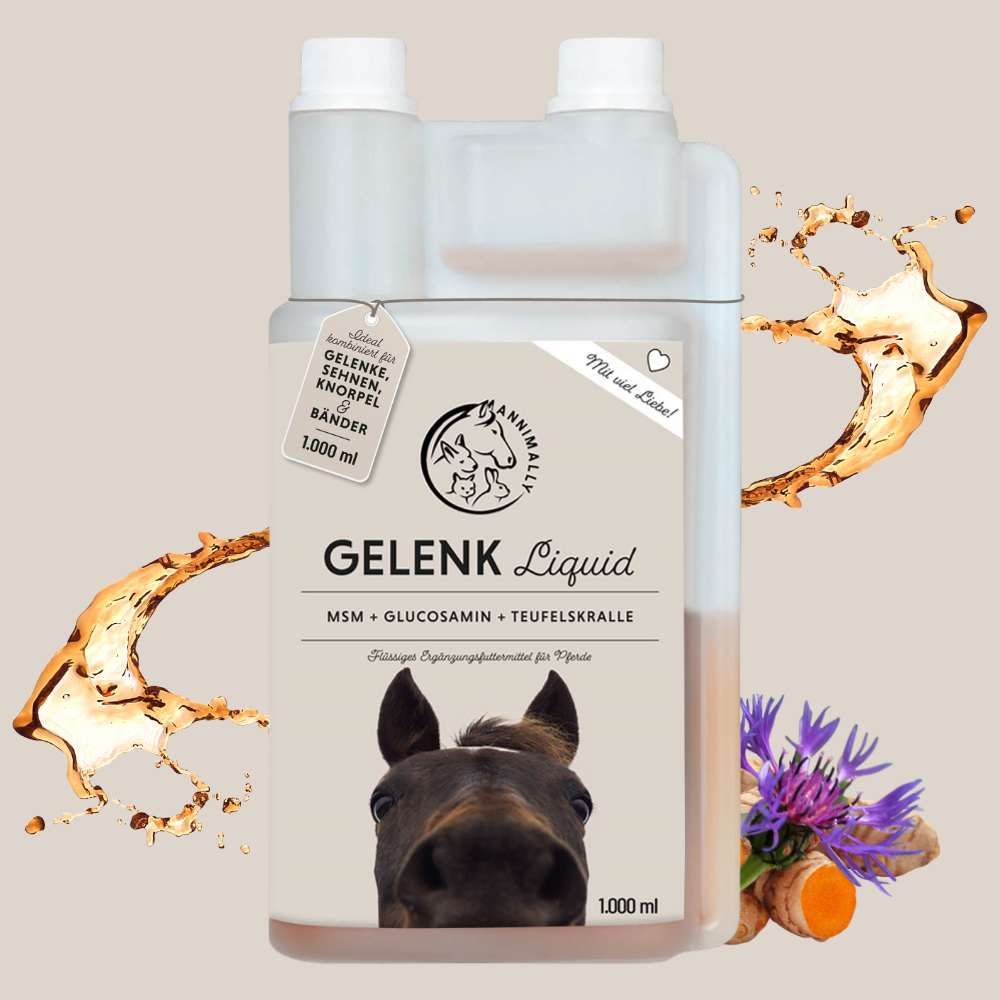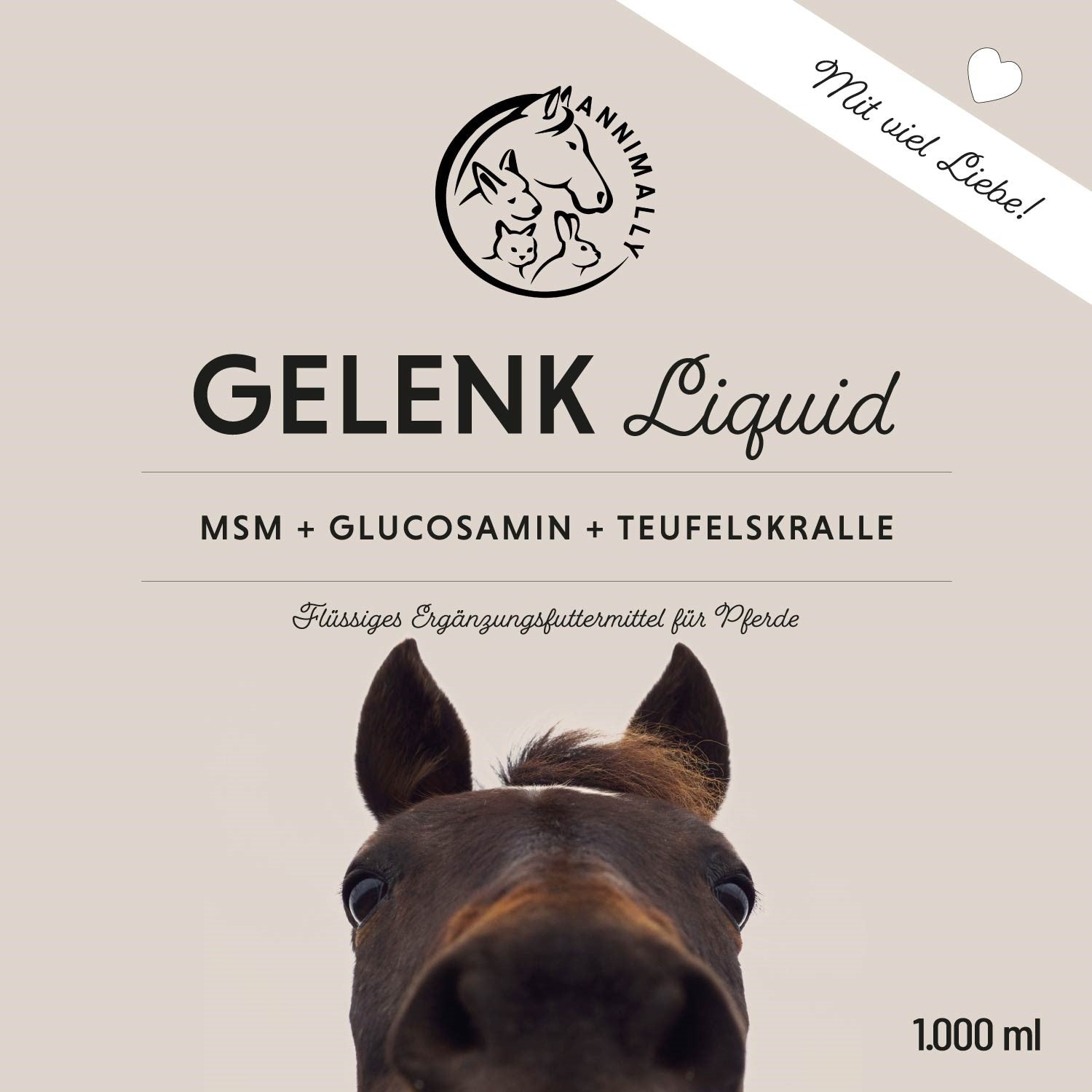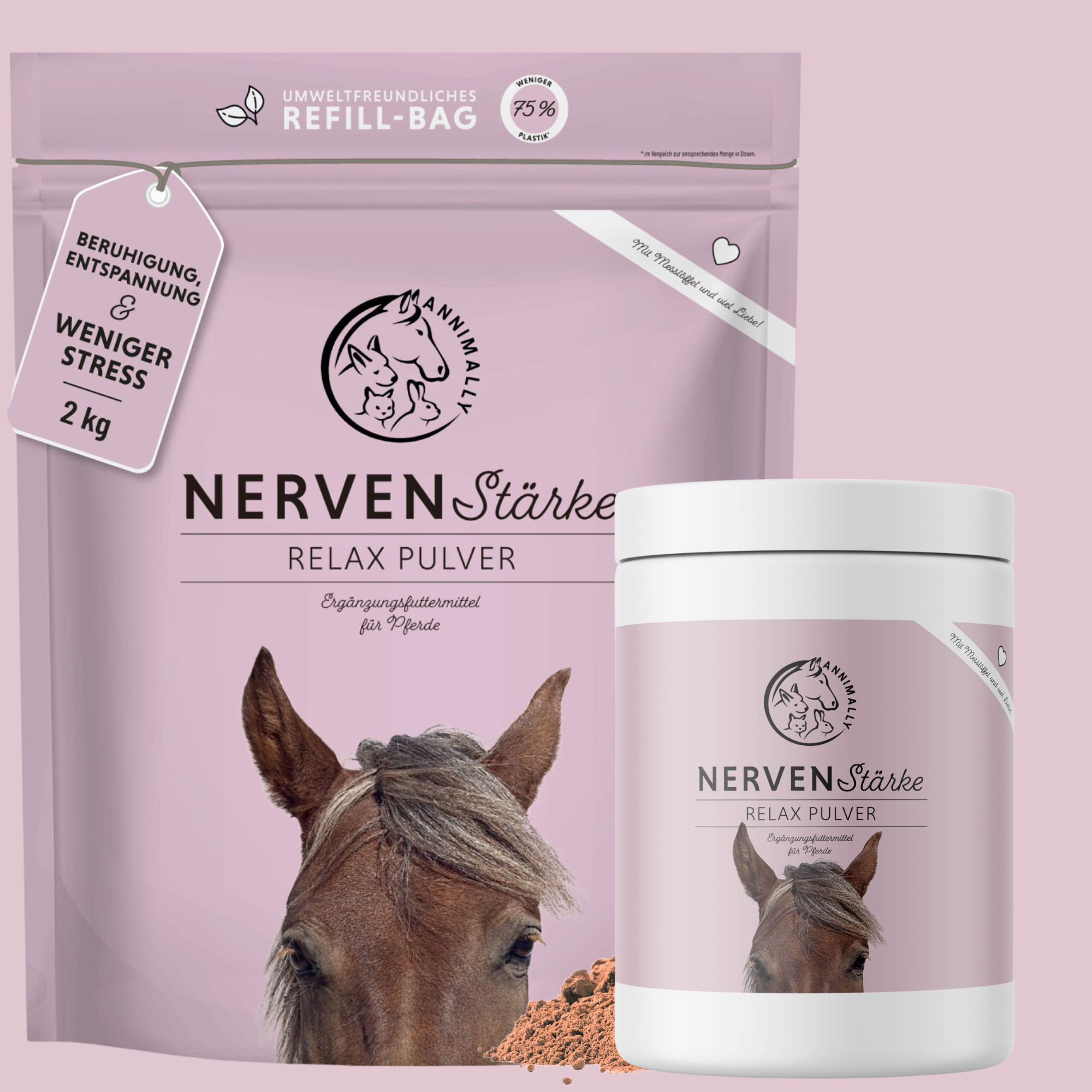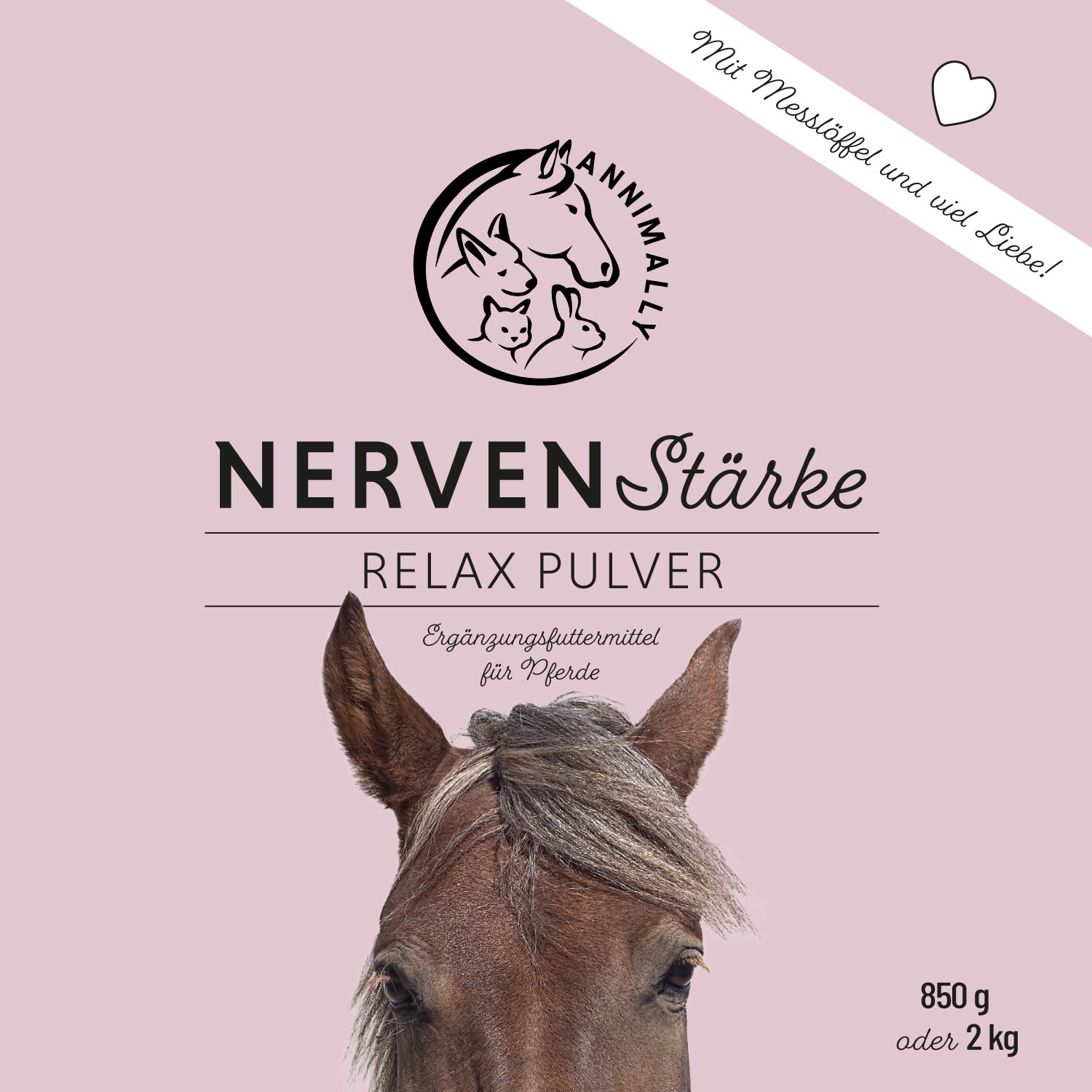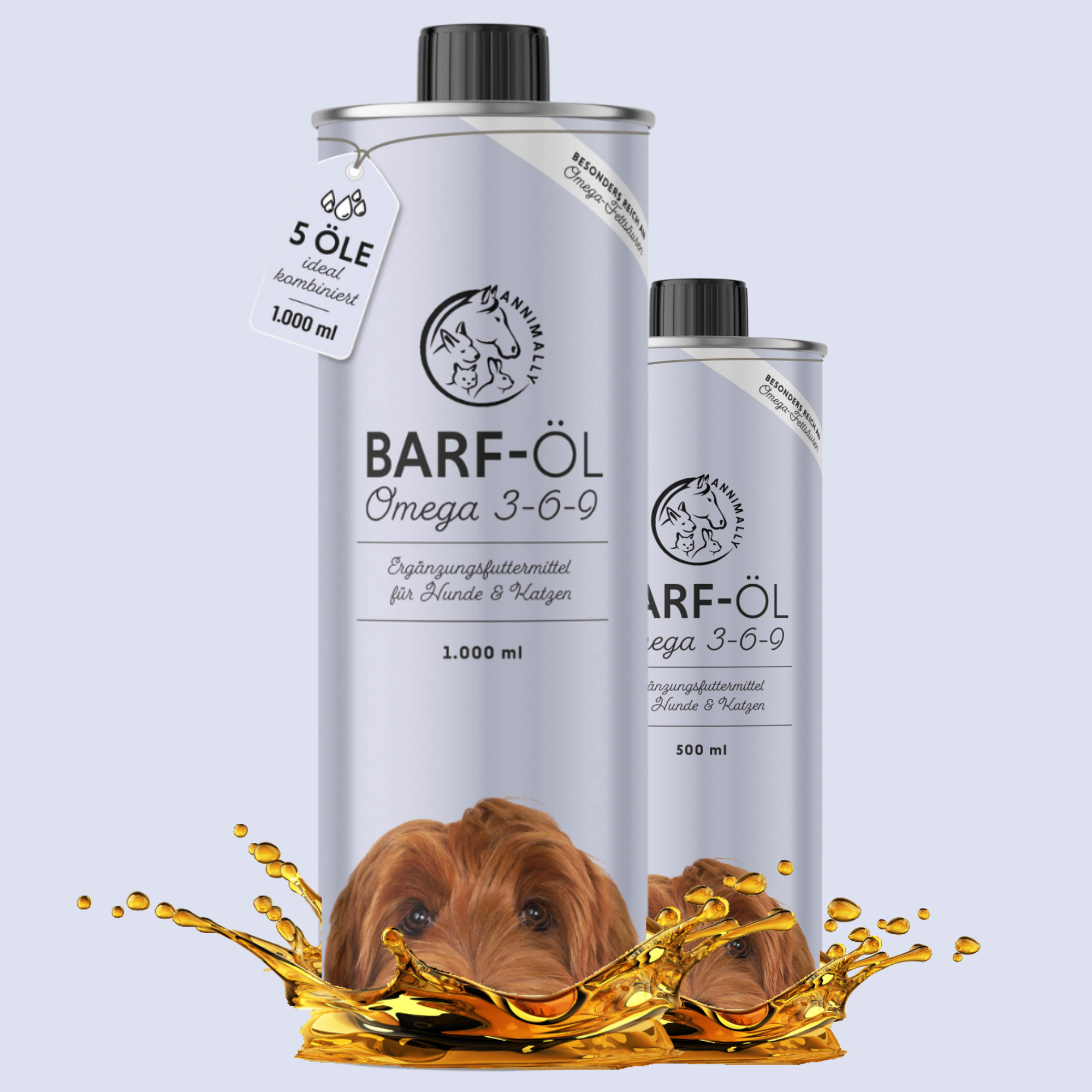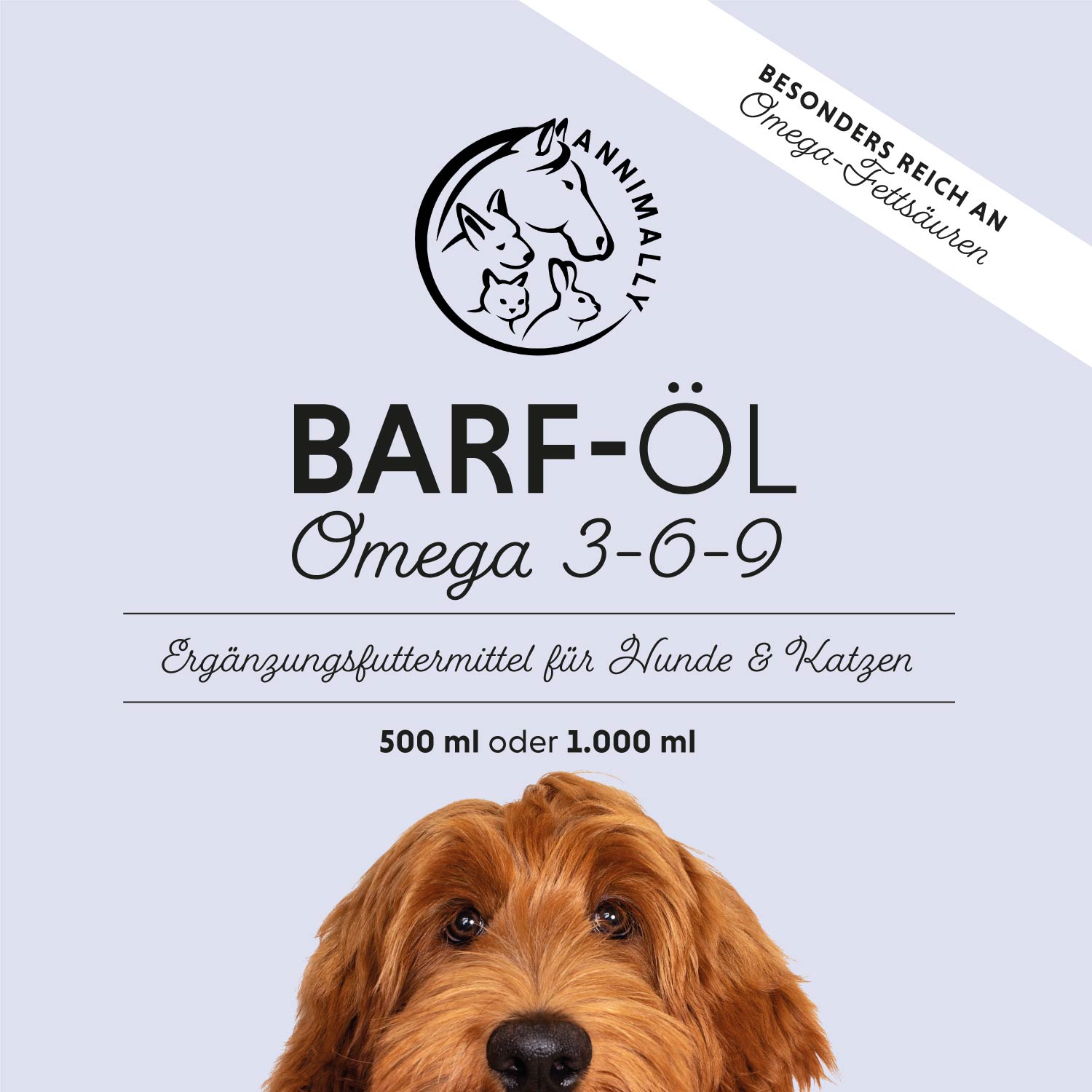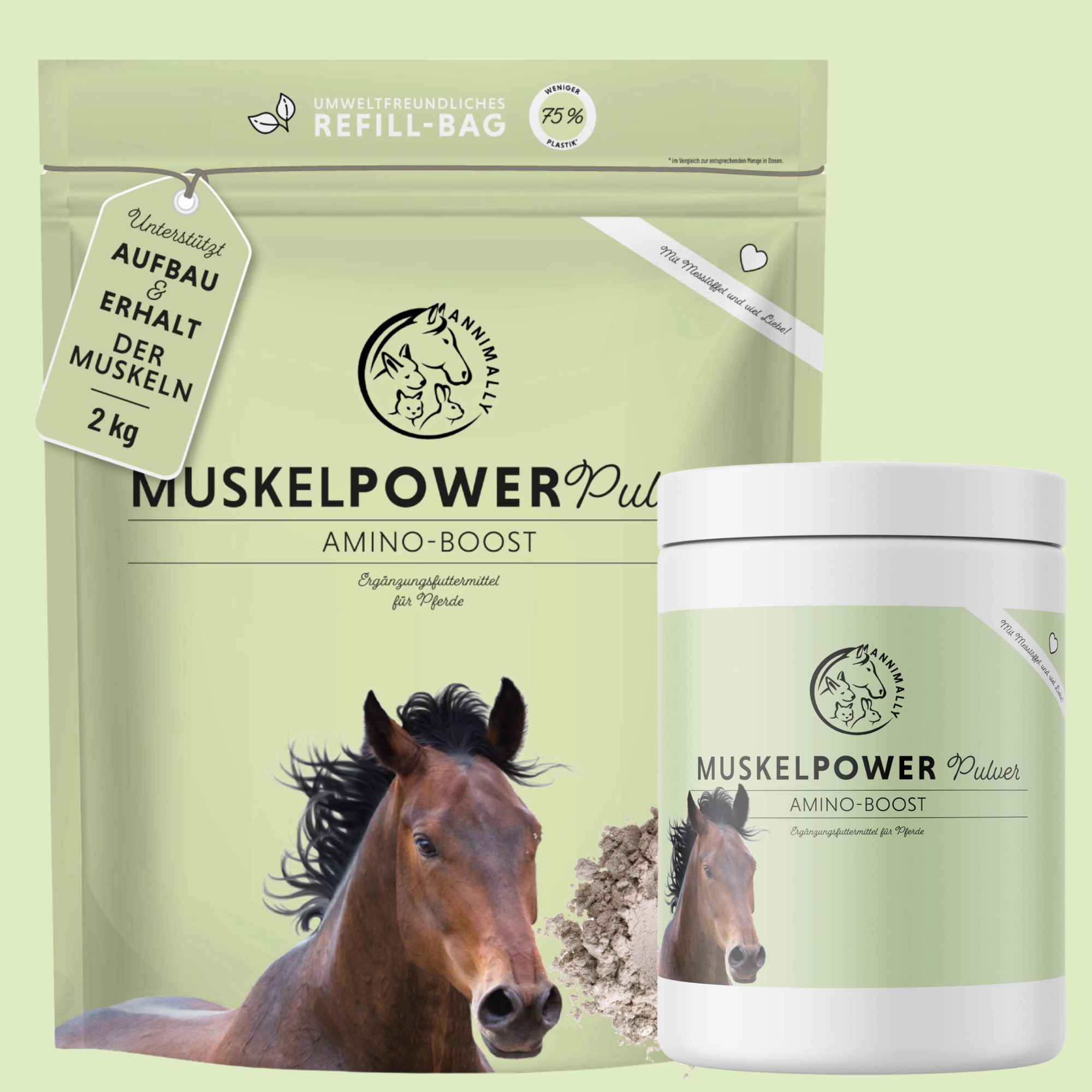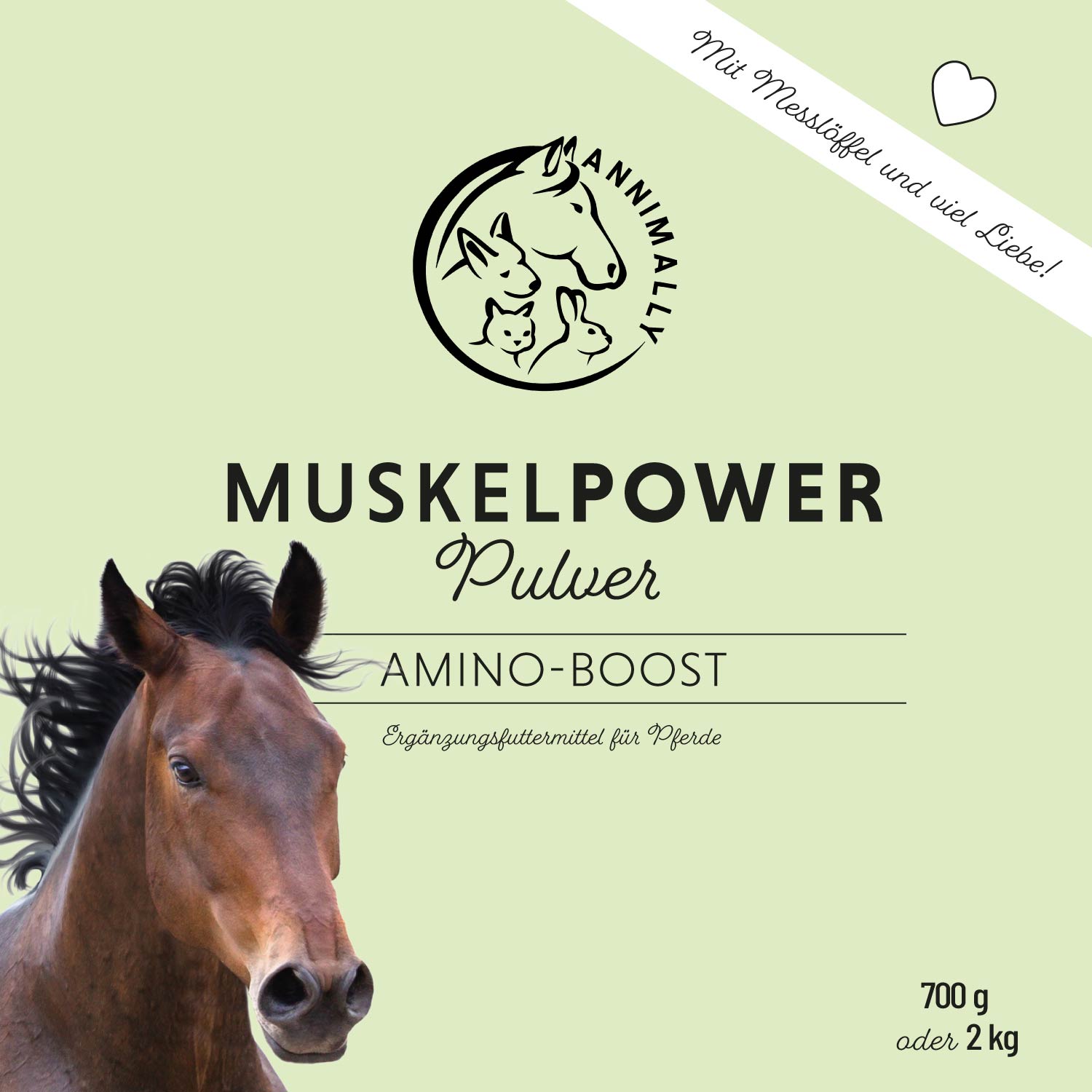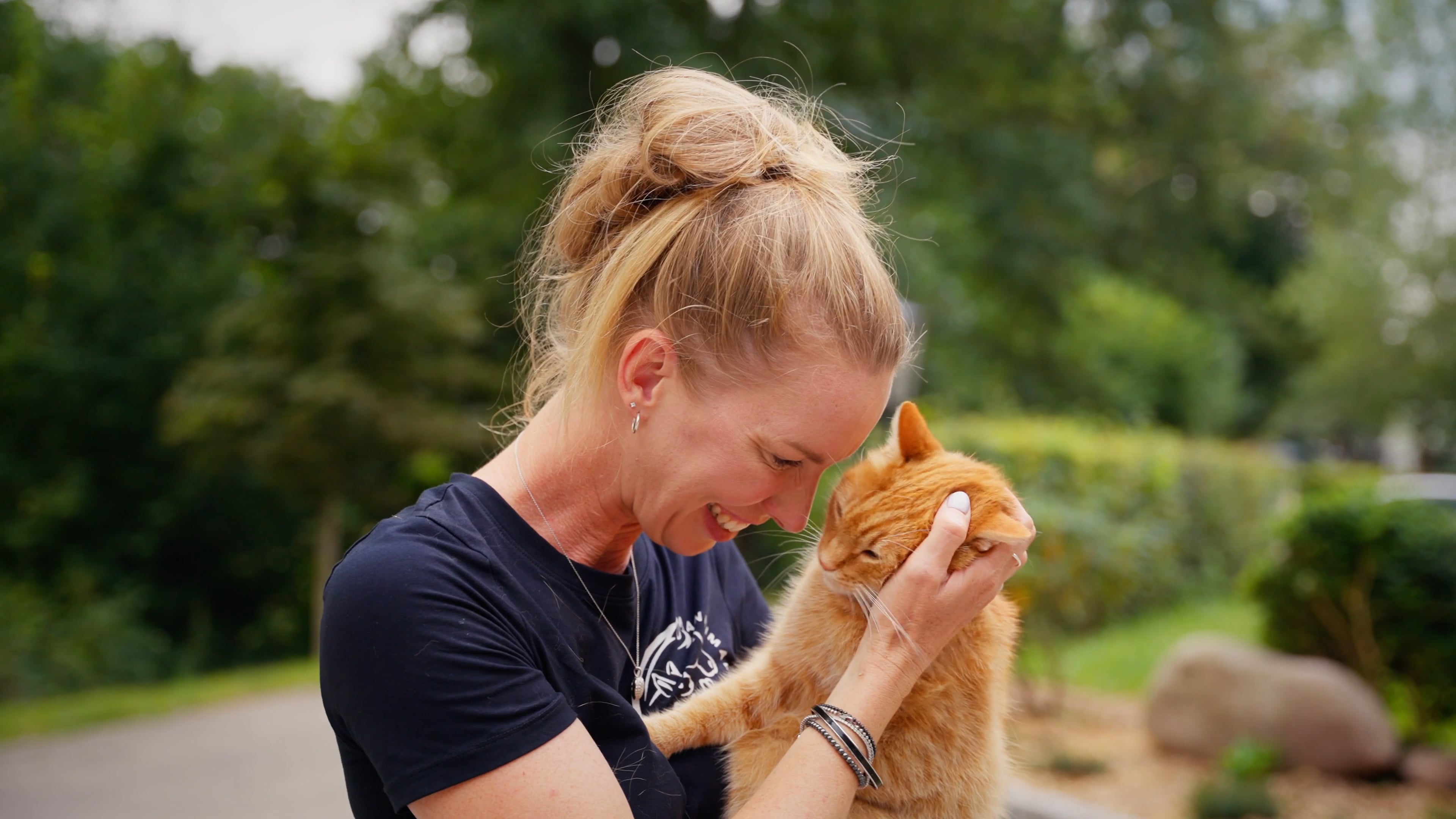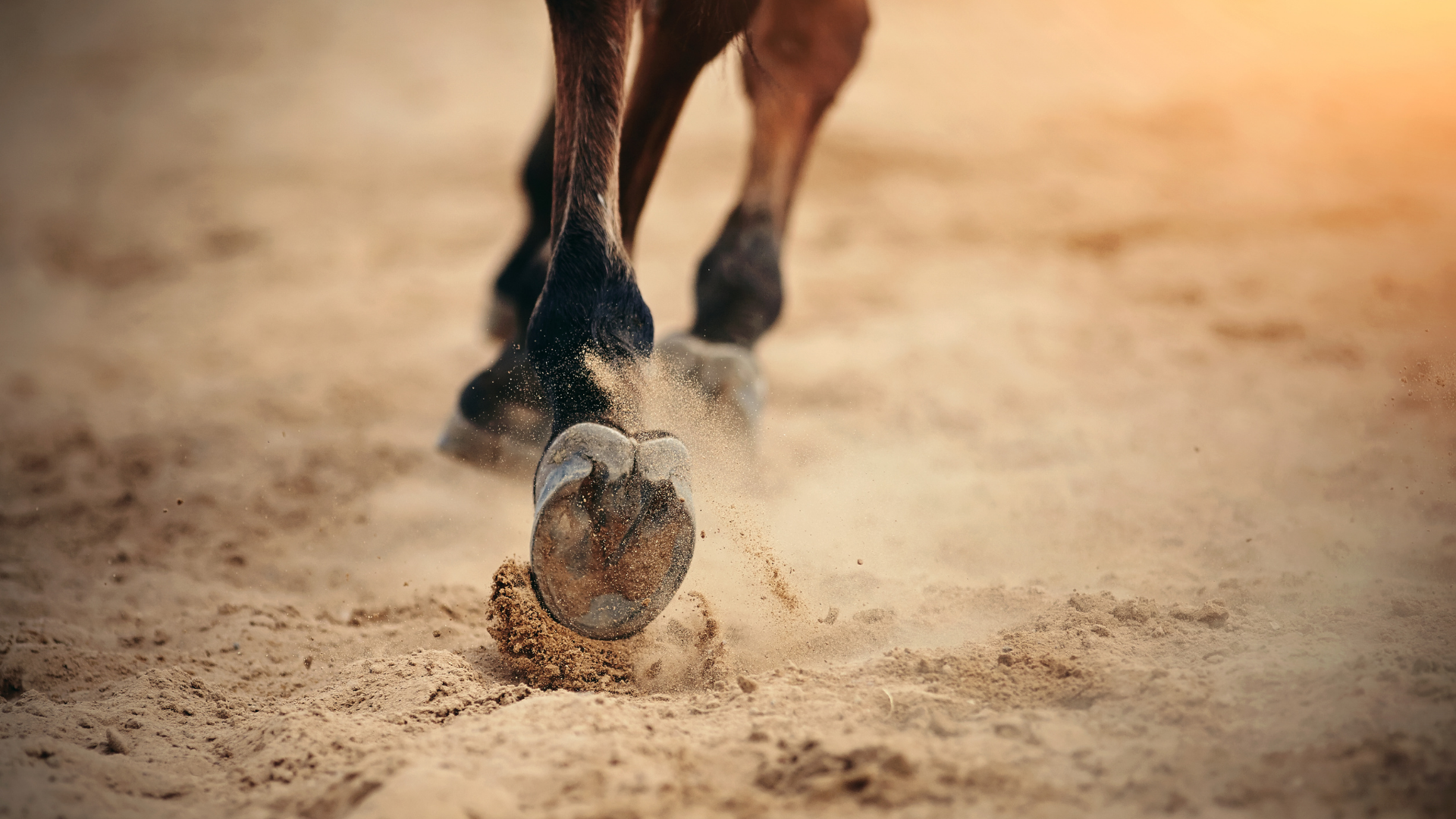
Hoof care: How to keep horse hooves healthy
What exactly does such a horse hoof actually and what is the importance of the hoof for the health of the horse? Read up!

Horse hooves are much more than just a horn structure. Your horse's hoof is like a shoe that grows back. But what exactly does a horse's hoof actually do and what significance does it have for the horse's health? In this magazine article you can expect a lot of information and tips about the care, the function and the role of the horse's hoof. We are sure: The more you know about "the second heart" of the horse, the healthier and longer your horse will carry you through life!

Why do horses have hooves at all?
The prehistoric horse, the hyracotherium, actually had no hooves. It had toes and was actually more like a dog. As evolution progressed, horses became larger and heavier, and their feet had to carry more and more load. The horse's middle toe evolved over millions of years into a single "horn toe" - the hoof. And as is often the case, evolution was pretty clever here too.

Hooves stabilize the horse's walk
Hooves keep the horse stable - even on uneven ground. Nevertheless, you should not think that the hard sole is numb - quite the opposite. From the hoof, some nerves go into the horse's leg.
The nerves process those of the underground impulses directly. The "sense of touch" in the hoof thus ensures that tendons, joints and ligaments stabilize accordingly as soon as bumps appear on the ground. This is essential, because it prevents twisting and stumbling.

Hooves are ideal shock absorbers for your horse
While your horse's hooves may seem hard and rigid at first glance, in fact they are not. They function much more like shock absorbers. Every time you step on and off the ground, the horse's hoof is slightly deformed so that the impact on the ground is cushioned. This protects the horse's joints. When the hoof is kicked up, it becomes wider; when it is kicked down, it contracts again and becomes narrower.
The influence of age, breed and co.
How fast horses' hooves grow depends on their age. The hooves of foals and yearlings grow the fastest - a whopping 12 to 15 millimeters per month. The hooves of adult horses, on the other hand, grow only half as fast. But breed also plays a role in hoof growth. Arabians, for example, have much stronger, denser and harder hooves than other breeds. Thoroughbreds, on the other hand, tend to have brittle horn. But of course, it is difficult to make blanket statements here. The respective horn development is individual with each horse.
The tips for proper hoof care
Hooves grow - in one horse faster, in another less quickly. It depends on a variety of factors. If a horse is ridden a lot, the hooves grow increased, because they are well supplied with blood. At the same time, of course, they also wear out quickly - provided the horse runs on hard ground. Age, attitude and hoof care also play a decisive role when it comes to hoof growth. Shod hooves, for example, grow less quickly than the hooves of barefooters. Nevertheless, a healthy hoof is happy to "run free." Whether shod or not: to keep your horse's hooves fit and healthy at all times, you should always pay attention to proper hoof care.

Check hooves - every day!
Control your horse's hooves every day. Look at them before and after you ride - scrape them out before you ride, if necessary, so your horse can tread well. Nothing is nastier than small stones or other foreign objects stuck in small hoof grooves. Bedding and manure should also be removed before the ride, otherwise bacteria may find their way into the hoof. These can cause thrush. Thrush not only causes a penetrating stench, but in the worst case can also lead to nasty pain and inflammation that can even be life-threatening. After the ride, it is then: hoof care, so especially thoroughly scratch out and clean, before it goes back into the box.

Hoof care: wash and grease
After riding and first scratching out, it is called for every horse owner: hooves wash and best also grease. To do this, you clean the legs and hooves of your horse thoroughly with water and a special brush. Once the hooves are dry, the crown edges of the hooves are greased. This is where the new horn forms, so the coronet band needs extra care. Especially in winter, however, it is also advisable to provide the entire hoof with special care such as a hoof ointment or hoof oil to prevent cracks and thus the penetration of road salt. Quality plays a major role, especially in the care products. For the sake of your horse, unnecessary additives should be avoided as much as possible.

Cutting and rasping hooves properly
.When horses run without irons, the hoof can break or even form sharp edges. These should then be smoothed with a rasp. Especially inexperienced riders and horse owners should regularly, about every six to eight weeks the way to the farrier to visit - even if the horse is barefoot. He will take a close look at the hooves, trim them and check the horse's position. If the hooves are excessively worn down, it may also be a good idea to temporarily install horseshoes to prevent lameness and injury.

The right nutrition for healthy hooves
In addition to care, also plays with your horse, as with us humans, the diet a not insignificant role in terms of health and thus on the hoof. Horse hooves need, in addition to proper hoof care, various nutrients such as zinc, biotin and vitamin A. But also proteins - correctly dosed - are an important source of energy. With a balanced diet, there is no need to add a remedy specifically for the hooves. Often, however, and especially in the case of sport horses, deficiencies occur and thus also hoof problems. A protein deficiency can quickly have a negative effect on the horn of the hoof and leads to slower growth.
Calcium and biotin for strong horse bones - and healthy hooves!
Just as it is for bones, muscles and teeth, calcium is also essential for hoof growth. High phosphorus and low calcium levels in the feed can lead to calcium deficiency, resulting in weak and brittle hooves. Biotin is an important component in a balanced horse diet. If biotin is missing, hooves grow back very slowly and less healthily. So it may be wise to give the vitamin as a supplement.
Healthy horse hooves thanks to zinc and essential fatty acids
Zinc is the trace mineral when it comes to growth and healing of skin and horn. It works best in a combination with copper. Zinc deficiency usually occurs after an illness. If your horse has had diarrhea or even a kidney issue for a while, it may make sense to feed additional zinc to prevent hoof disease. The periopol, the permeable hoof outer side of your horse, is especially happy about essential fatty acids. This prevents the hooves from drying out. Since the horse organism cannot synthesize linoleic and alpha-linolenic fatty acids on its own, they should be fed with the help of supplements on a permanent basis or as a cure.
The three most common hoof diseases
Unfortunately, it happens in horse husbandry despite proper hoof care every now and then that a horse injures its hooves and diseases arise. So that you know exactly which symptoms could speak for which disease, the most common hoof diseases now follow. With each applies: Better too early than too late inform veterinarian and farrier!

Road rot
The frog rot is a bacterial infection of the frog. Here, putrefactive bacteria settle in the frog horn and decompose it. Thrush is mainly caused by poor stable and hoof care. An unclean, too humid, too warm stable provides for a rich bacterial proliferation. Horses that stand in mud for too long are also prone to nasty thrush. The disease is recognized primarily by the stench it causes. The frog turns into a dark, greasy mass. Treatment of thrush is mainly done by your farrier. He removes the rotten horn from the hoof. After that, the hoof is treated daily with disinfecting tamponades. Your horse should stand especially dry and clean during this time and receive additional hoof pellets.
Hoof ulcer
Hoof ulcers are common causes of lameness in horses. Here, a purulent inflammation forms between the sole or wall horn and the hoof corium. Such an ulcer can be caused by stones that have been kicked in or by prolonged standing in mud. External influences are not always the cause. Also pathogens, which penetrate e.g. by a horn capsule damage into the hoof, cause gladly times painful abscesses. A hoof ulcer is noticeable by sudden lameness and palpable warmth as well as pulsation. Now it is time to contact the veterinarian. The veterinarian checks whether a hoof ulcer is actually present, opens the pus focus and dresses the hoof with a hoof bandage. And then? Hoof care! Daily disinfection.
Horn splits and horn columns
Horn splits are longitudinal cracks in the hoof and is one of the common hoof diseases. They extend from the weight-bearing or coronet band along the hoof. Often missing or wrong shoes are causal for the cracks. However, they can also be caused by excessive loading or generally poor horn quality of the hoof. The bad news is that once the horn is split, it will not grow back together. To find the best therapy, the horse's hoof is x-rayed. This allows the veterinarian to determine the depth of the crack. He then cuts out the hoof at this point accordingly, stabilizes it and rest is said until the split grows out. Horn columns are unfortunately a frequent consequence of horn splits. It is a wall horn bulge that develops inside the hoof. However, hoof abscesses or crown kicks can also promote horn columns. Horn columns are usually treated surgically to make room for healthy horn. Often the damaged corium and part of the bone is removed. Following this, the hoof is relieved with a shoe and additional hoof care is applied.
Horseshoes - yes or no?

Many riders wonder: should I have my horse shod or does Snowflake prefer to remain barefoot? Healthy hooves can manage without irons - that much is certain. So whether the hoof needs to be shod with irons depends on a number of factors. Certain diseases make shoeing necessary. If you feel that your horse may need shoeing, talk to your veterinarian. He or she will probably suggest several options, but it doesn't always have to be iron. Often a temporary hoof shoe is already enough to quickly get temporary pain under control.
When is a horseshoe useful?
First and foremost, horses that are used in equestrian sports inevitably need horseshoes. Show jumping, eventing, driving - here the hoof load is particularly immense. The horn of the hooves would wear out much too quickly and could not grow back at all. So bad inflammations and lameness would not be long in coming. In show jumping, there are horseshoes that can be additionally equipped with cleats. This way, the horse is perfectly equipped depending on the ground conditions. A good shoeing can correct malpositions easier than a treatment of the natural hoof horn serve. The latter also wears out much faster than the iron. Therefore, horseshoes are excellent for providing relief to tendons and ligaments. The way of shoeing then also influences the way of rolling. Injuries can thus be spared or even avoided.

Disadvantages of horseshoes
A crucial risk: the likelihood of injury is unfortunately higher with horseshoes than without. In many barns where animals are kept in groups, horseshoes are prohibited. The injuries that occur when stepping out towards conspecifics are often severe with horseshoes. The cost should not be underestimated either: Every six to eight weeks, the horse's hooves must be reshod - that goes quite into the money. Between 80 and 150 euros per visit to the farrier are perfectly normal. Mostly, however, you can not avoid it, because many horses feel hard and uneven surfaces as painful.
Horseshoes bring luck - or?
At least that's what people used to think. People didn't know that there were no nerves in the top horny layer of the hoof, and so attaching them didn't cause them pain. So it was assumed that horseshoes had to have something magical about them. At the same time, iron was an extremely valuable material - if one found a horseshoe, it was consequently a doubly fortunate coincidence. The horseshoe was said to ward off illness and misfortune from the owner's home and family. Therefore, horseshoes hang over the front doors to this day. A second legend is based on the story that St. Dunstan shod the devil's feet in pain and stopped only when the devil swore to spare the people who owned horseshoes from misfortune.

